In Colorado, Wyoming, and New Mexico, careful planning seems to be the key to keeping productive hunting and fishing alongside thoughtful energy development
Energy development can coexist with healthy habitat and quality hunting and angling, but it doesn’t happen by chance. Responsible energy development requires careful planning and commitment from stakeholder groups, the public, and decision makers to get it right. Only through collaboration can we strike the appropriate balance. And it is critical that our public land management agencies—the Bureau of Land Management and the U.S. Forest Service—have the right policies and procedures in place to facilitate both energy development and the conservation of healthy fish and wildlife habitat.
A recent report led by the Sportsmen for Responsible Energy Development coalition and supported by 16 other hunting and fishing groups points to examples on different types of landscapes: examples of responsible development, areas where energy development has not been balanced with fish and wildlife habitat, and places where the potential remains to do things right.
Energy development and fish and wildlife habitat need not be mutually exclusive, but it will take leadership and sound policy from our decision makers to strike the right balance. The approach to these three landscapes could be instructive.
Vermejo Park Ranch: An Exemplary Balance on Private Land
The 585,000-acre Vermejo Park Ranch in northern New Mexico spans from the Great Plains to the Sangre de Cristo Mountains. The ranch and its surrounding landscape are known for their natural beauty, high-quality wildlife habitat, and status as a model for responsible energy development. While privately owned by Turner Enterprises, there are many lessons that lawmakers, the Bureau of Land Management, industry, other stakeholders and the public can learn from Vermejo, especially when looking to develop our energy resources responsibly on America’s public lands.
Vermejo is situated in some of the finest elk country in North America, near the southern terminus of the Rocky Mountains, with the Carson National Forest to the west and private land to the east. Between 8,000 and 10,000 elk live on the ranch, as do mule deer, pronghorn, bighorn sheep, and Rio Grande cutthroat trout. The property is primarily managed as a guest ranch where hunting, fishing, hiking, biking, Nordic skiing, horseback riding, and other activities are the primary uses. The ranch is known for trophy bulls and scenic vistas, and its business model depends on the area’s world-class natural amenities.
Vermejo is also rich with natural gas—972 producing coalbed methane wells are scattered across the ranch. To preserve the land’s character, wildlife habitat, and guest services, park managers and Atlas Resource Partners, LP, the energy company that owns the oil and gas rights, have established a Mineral Extraction Agreement.
“We have established a shared vision with an energy company that is focused on developing energy resources while protecting the world-class wildlife habitat and natural amenities of Vermejo,” says Gus Holm, Vermejo Park Ranch manager. “I hope that the lessons learned and examples set here can be applied to public lands where similar opportunities for responsible development exist.”
The goal is to develop and implement an approach for energy development on the ranch that both enables extraction and protects the ranch’s natural resources and amenities. This shared vision has shaped the model energy development project since 1998. Among the stipulations in the agreement and development plan between Atlas Resource Partners and Vermejo are:
- About one-third of the property is closed to development to protect areas of special sensitivity.
- There is a limit on the total number of wells and pads that can be producing at any one time, limiting the overall footprint for development.
- Well spacing is limited to one well per 160 acres.
- Impacts to the scenic views are minimized by siting wells carefully.
- At the conclusion of the project, all surface features, wells, and compressors will be removed from the property.
- A reclamation bond is required for an amount equal to 125 percent of Atlas Resource Partners’ total reclamation responsibilities.
Although privately-owned, lessons from this project can be applied across the West. Many areas of BLM land in states like Wyoming, Colorado, and Utah possess similarly important scenic and wildlife values, and they also hold rich reserves of oil and natural gas. If oil and gas development is proposed for landscapes where the wildlife and recreation values are high, sportsmen and women expect federal land management agencies to work closely with stakeholders to find a shared vision. For this to happen, the BLM must do thorough upfront planning that plots a clear path for development to be balanced with other resources that are equally important for the American public.
Pinedale, Wyoming: A Cautionary Tale
The 198,000-acre Pinedale Anticline in Wyoming has long been known by sportsmen as an area rich in wildlife values and sporting opportunities. It is also known as the quintessential example of how older drilling technology coupled with poor planning can adversely affect critically important habitats. The Anticline sits in the upper Green River valley area, adjacent to the Jonah Field and serves as crucial winter range for the migratory Sublette mule deer herd. It also intersects one of the longest migration paths for pronghorn antelope in North America.
In 17 years, the Pinedale Anticline has gone from largely undeveloped to a fully industrialized landscape. The original authorization of 750 wells increased later to 4,400 additional wells. Currently there are 3,049 wells in the Anticline and 2,037 wells to the south in the Jonah Field with additional wells authorized to be developed in the next 15 to 20 years.
Since 2001, mule deer populations have declined by 36 percent on the Anticline, forcing the Wyoming Game and Fish Department to shorten the hunting season by a week and reduce the number of deer tags available to sportsmen. Recent research on this area has demonstrated that mule deer go more than a half-mile out of their way to avoid well pads and that “behavioral effects of energy development on mule deer are long term.” The Wyoming and Salt River ranges are known to offer some of the best high-country mule deer hunting anywhere, but the long-term impacts of poorly planned energy development in mule deer winter range could be significant for animals, hunters and Wyoming’s outdoor recreation economy. We should learn from these lessons as we look to develop our energy resources elsewhere.
South Park, Colorado: A Collaborative Plan
In the backyard of the Denver metro area lies a sportsmen’s paradise of Gold Medal trout waters and high-elevation “parks” that serve as a haven for wildlife. Nestled in the headwaters of the South Platte River basin, the area known as South Park attracts visitors from around the country to fish along the “Dream Stream,” known for its trophy trout and stunning Colorado scenery. Energy development has not made inroads into this corner of Colorado—yet.
But the area sits atop the Niobrara oil and gas formation and oil and gas companies have eyed South Park in the past. So, a forward-thinking group of sportsmen and women joined local government officials, businesses, water providers, and federal agency officials to plan for the future. What began as dialogue initiated by those who care deeply for the region has morphed into a collaborative planning process, bringing together diverse stakeholders to ensure energy development is done right and does not adversely affect the water and wildlife resources of the area.
The end goal is to provide certainty for all, give industry a roadmap for responsible development, increase economic opportunity and keep South Park an amazing place to fish, hunt and live. The South Park process is shaping up as a win-win solution and could serve as a model for collaborative planning.
Want to learn more about the balance between energy development, habitat, and sportsmen’s access? Read about other lessons learned in Colorado’s Piceance Basin and the Greater Little Mountain Area of southwest Wyoming. Or download the full report here.
The Sportsmen for Responsible Energy Development coalition is led by the National Wildlife Federation, Trout Unlimited and the Theodore Roosevelt Conservation Partnership.
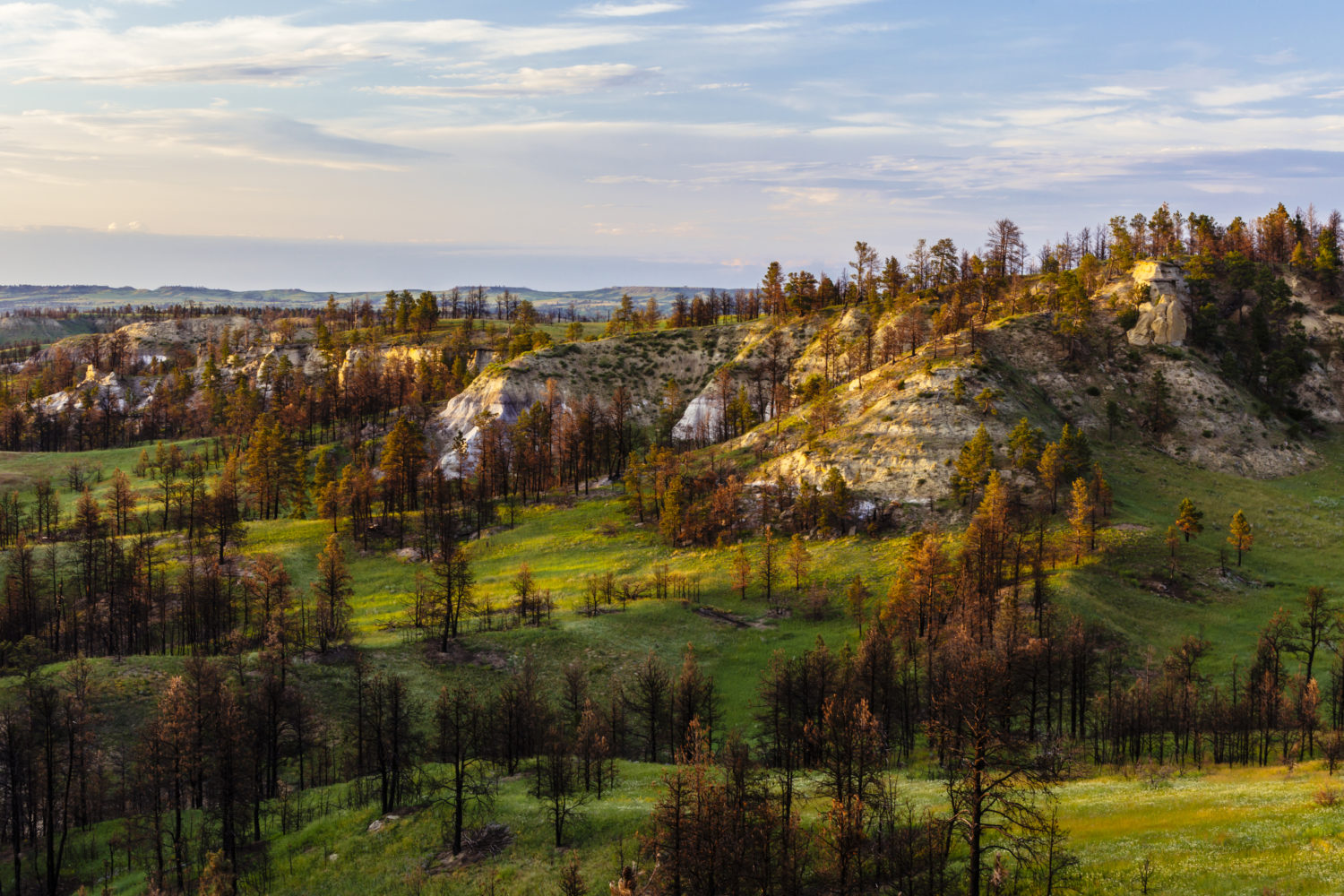
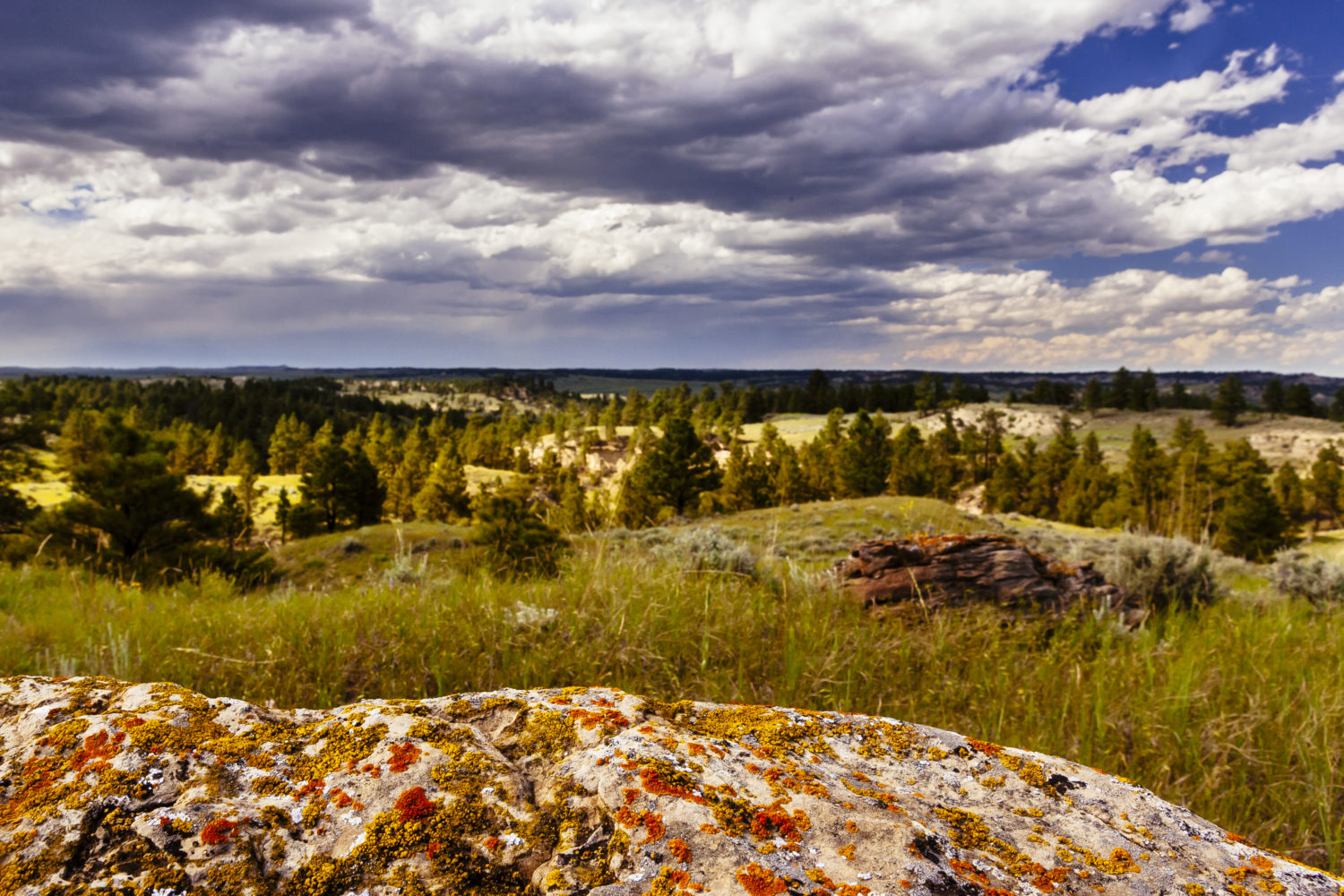
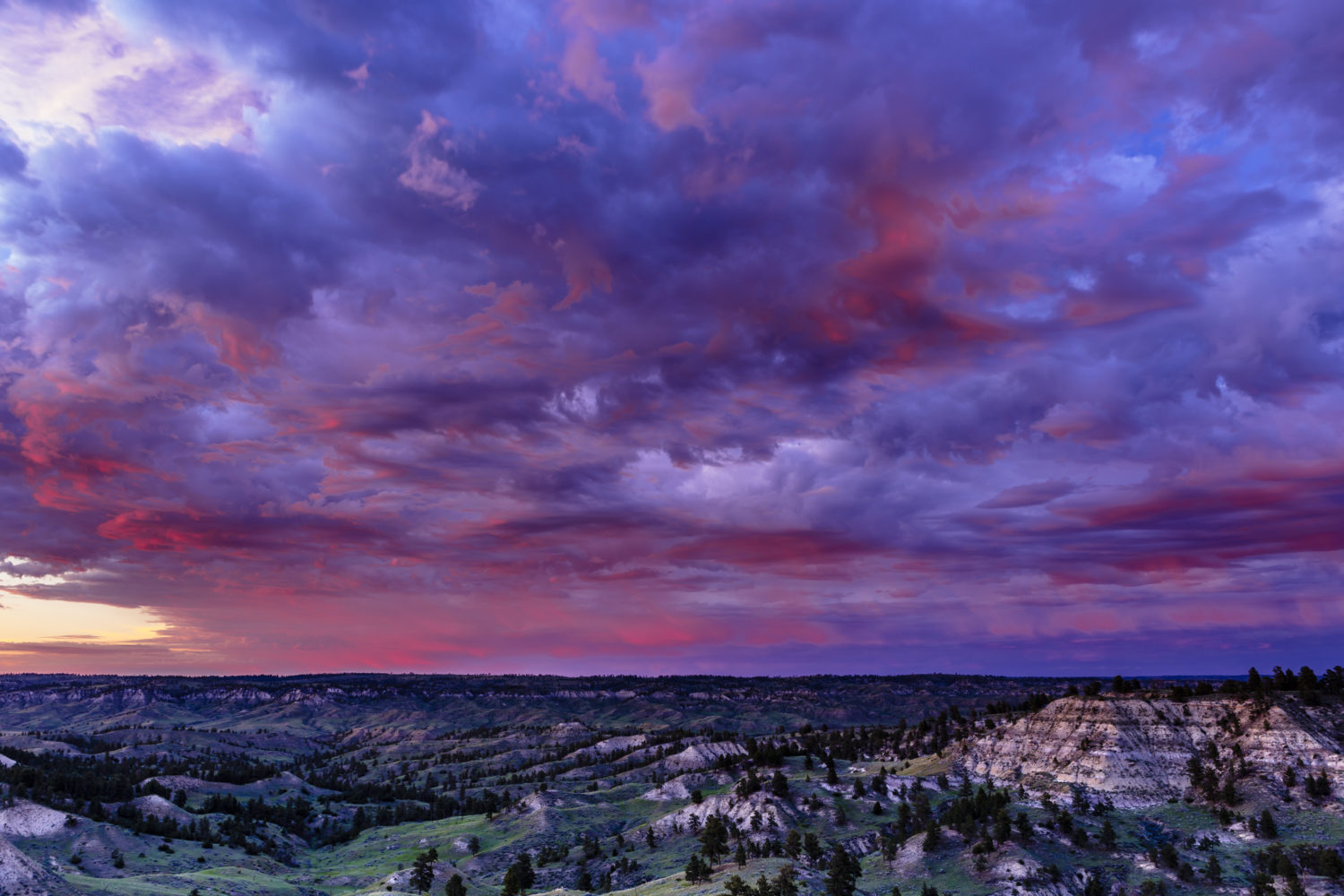

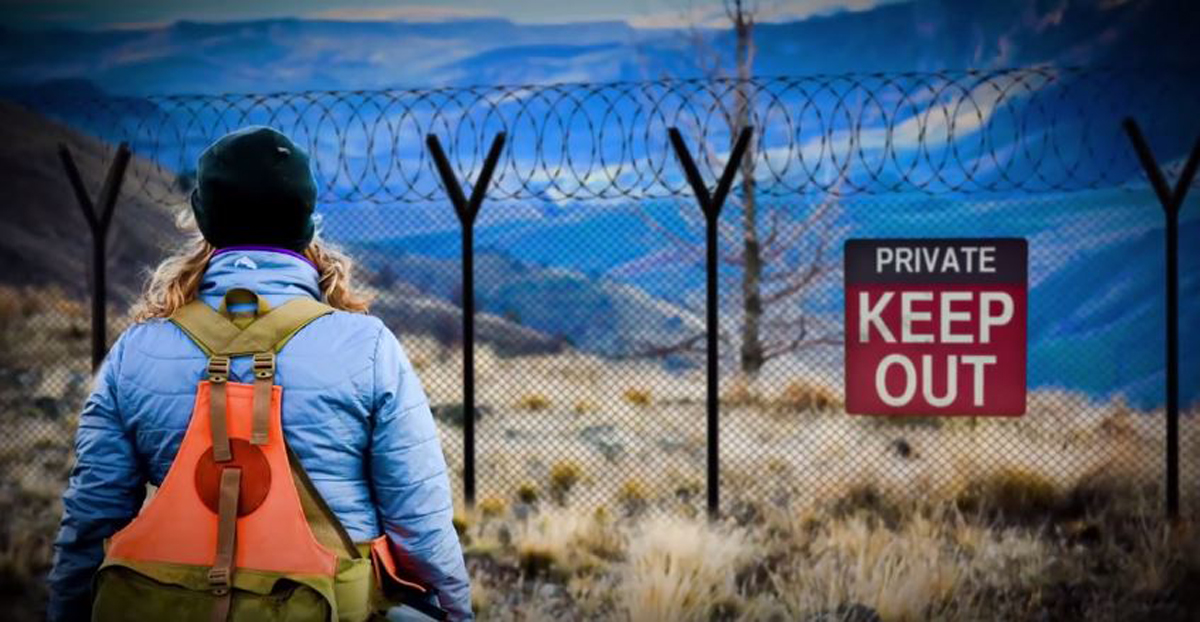
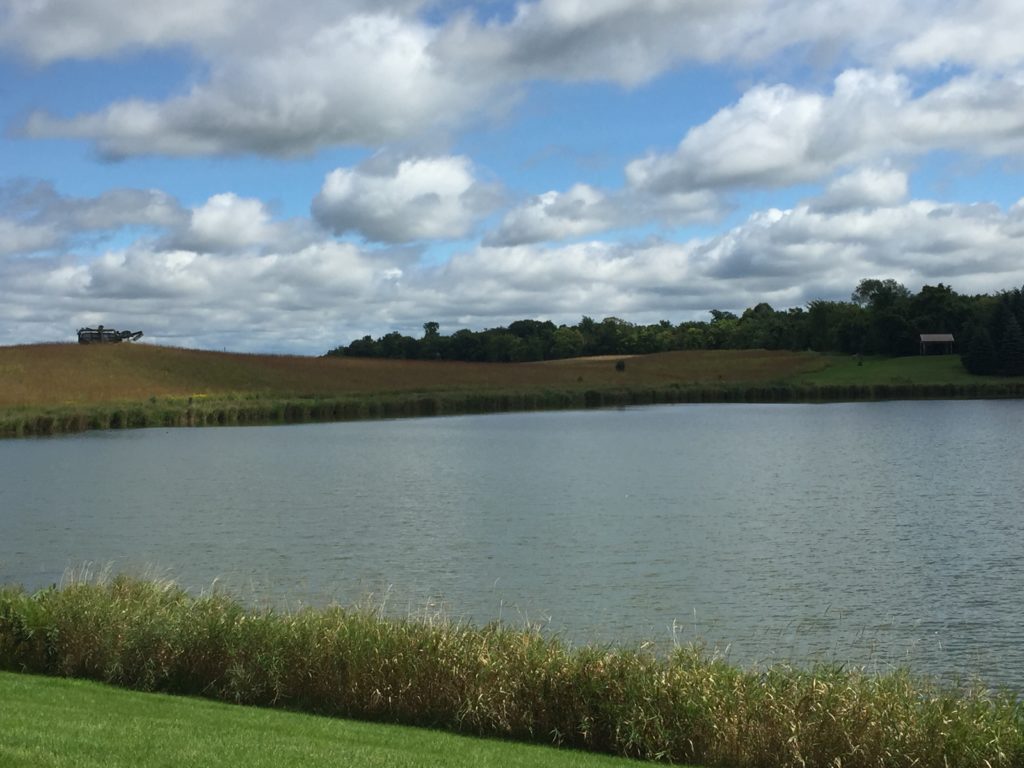
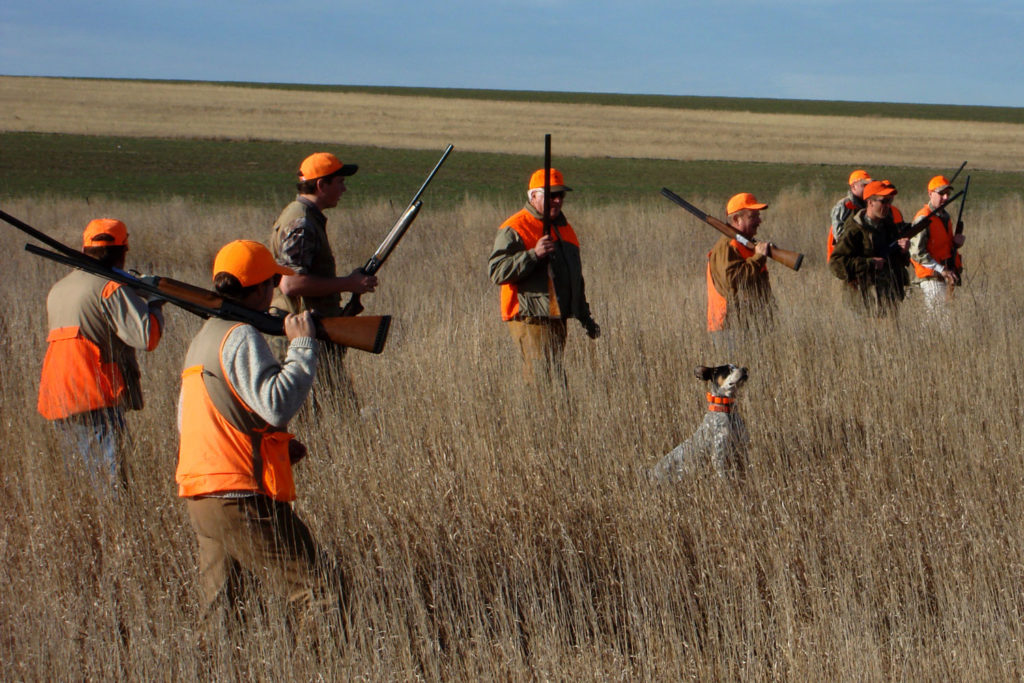
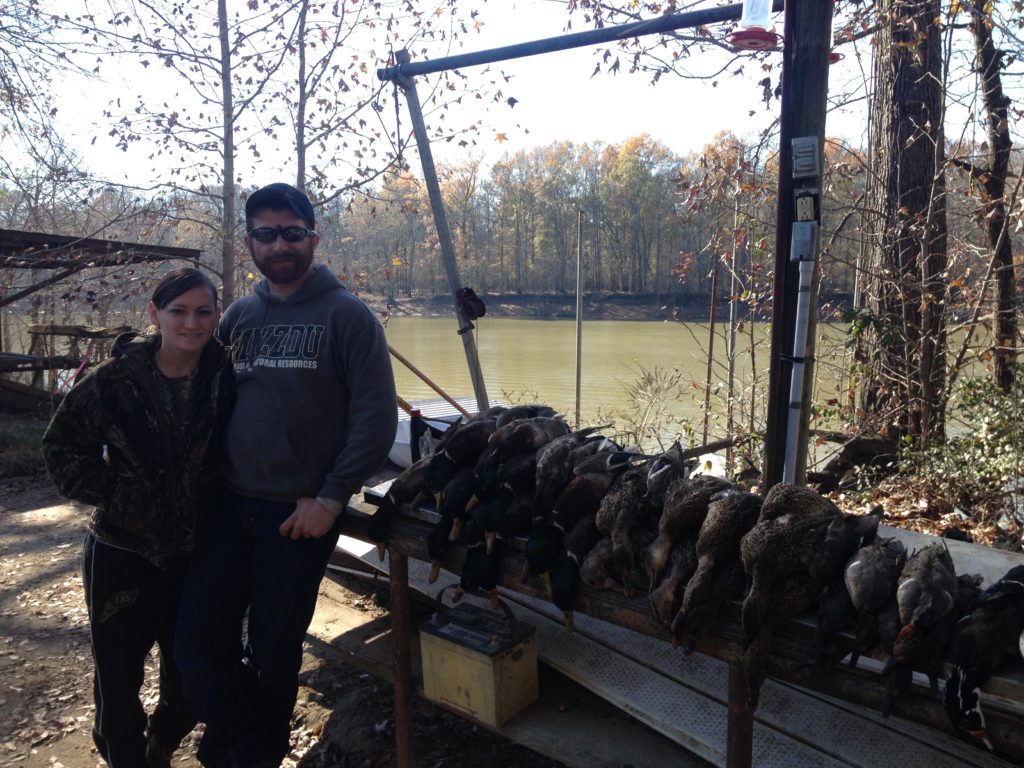
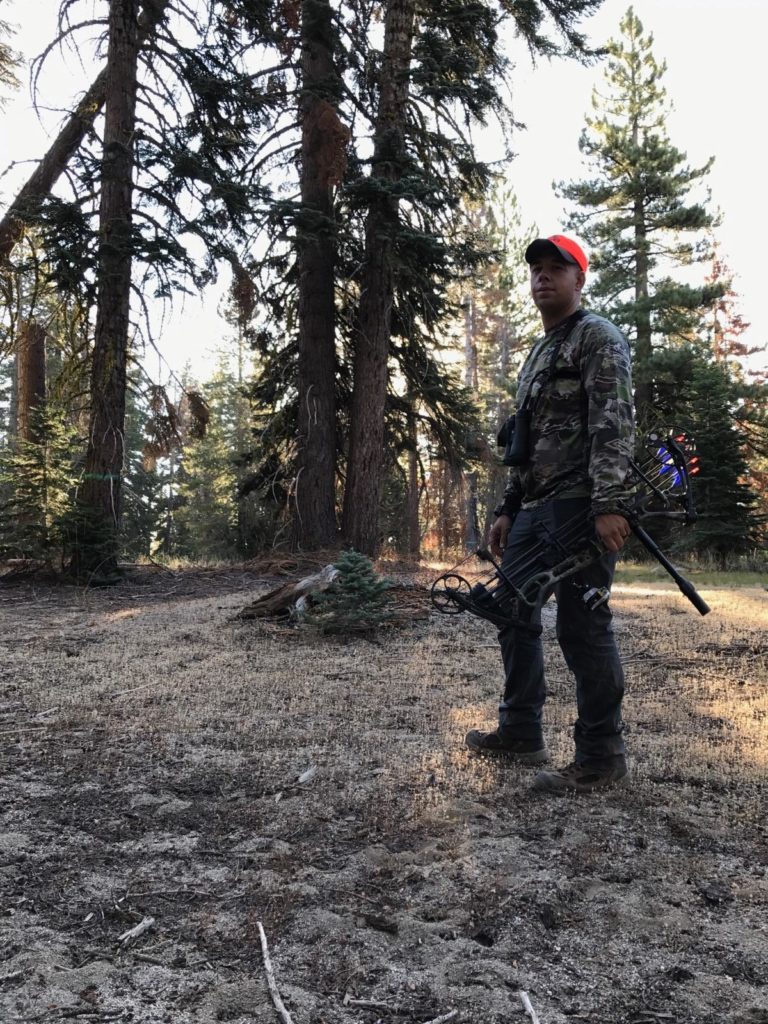
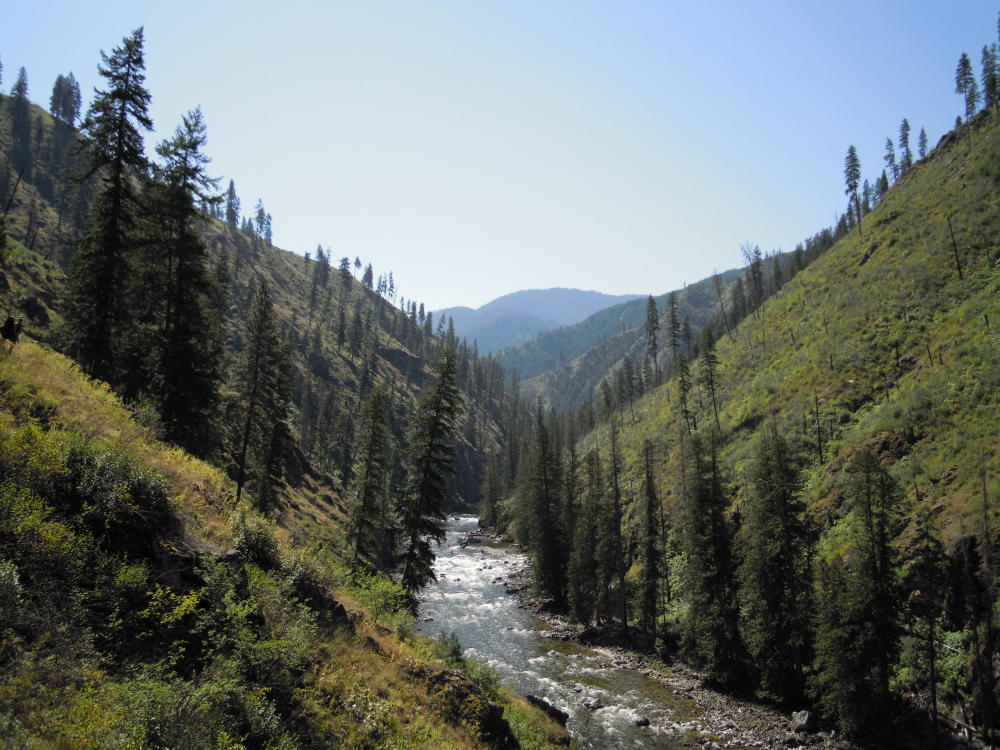
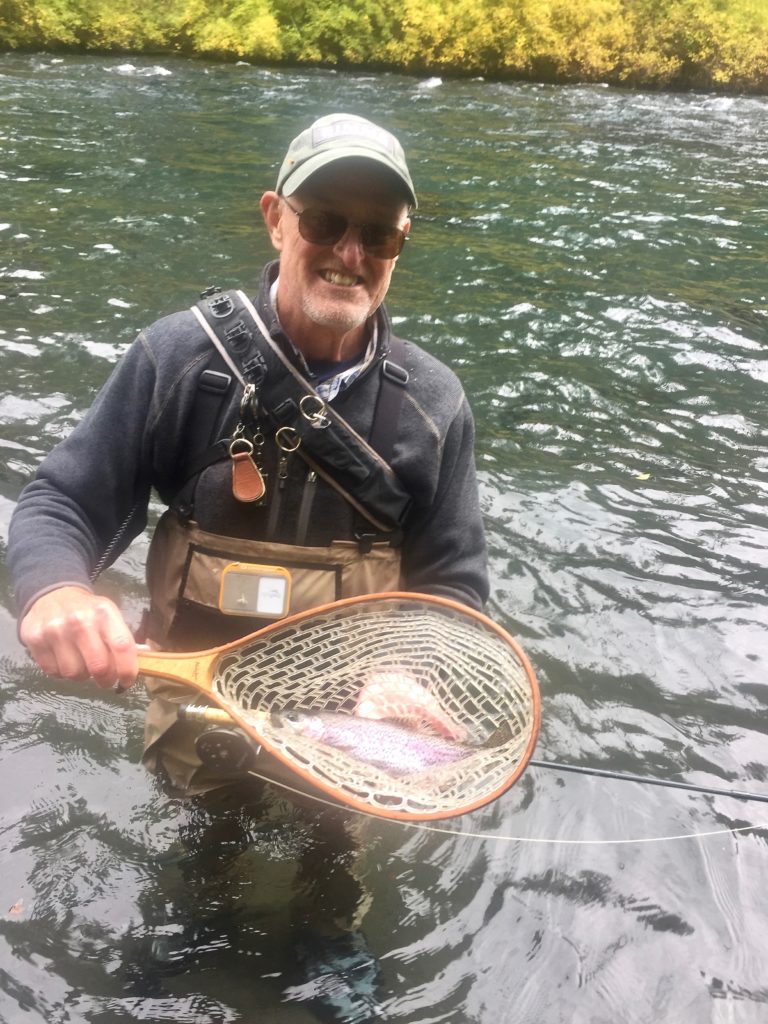
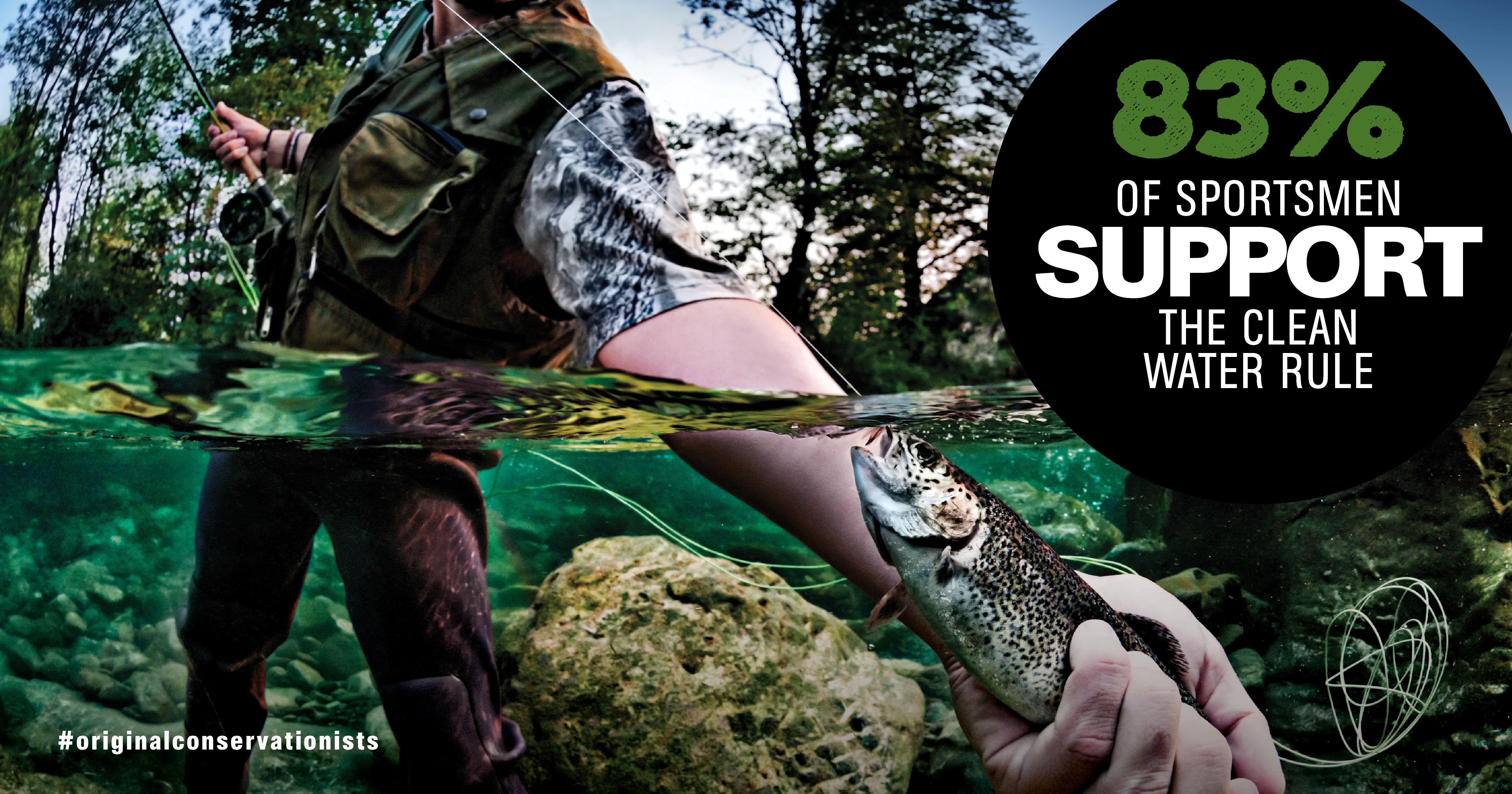




ALL OF THE LAND THAT IS SO IMPORTANT TO PRESERVE TO NATURE IS NEEDED TO SEE TO IT THAT WE ALL GET FRESH WATER & FOOD SOURCES FOR US OR CHILDREN & THEIR CHILDREN & ALL IN THE FUTURE ……….
I THANK ANY & ALL THAT READ & ACT ON THIS TO MAKE SURE THAT IT STAY’S AS IS FOREVER …
It is critical that conservation of these critical fish and wildlife habitats be managed to maintain and enhance there natural resource values. In the past many of our most important wild lands have been impaired do to mismanagement. This trend must not be allowed to continue and the Missouri Breaks are a fitting starting point for more conservation based management to begin.